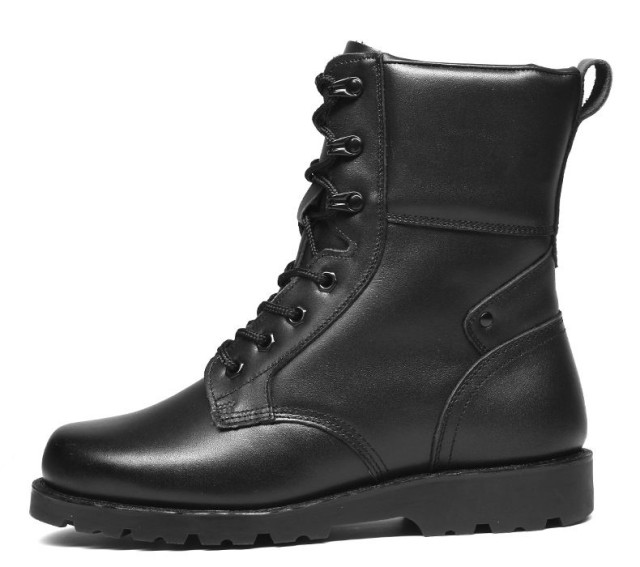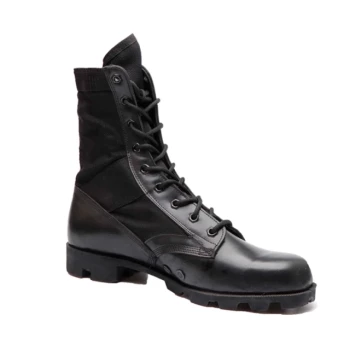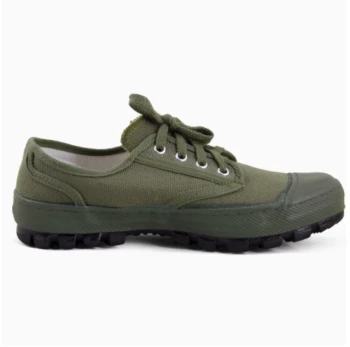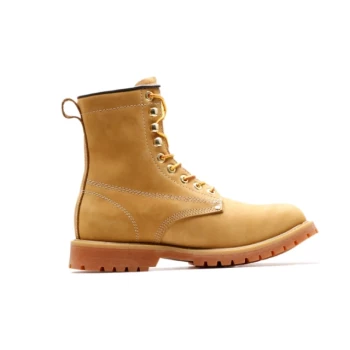Few patterns carry the cultural weight of camouflage. What began as military survival technology evolved into a visual language of rebellion, luxury, and streetwise edge. This is the story of how camo infiltrated global wardrobes—and why it refuses to fade away.
Camouflage as Political Protest Armor
The 1960s Anti-War Movement's Uniform of Dissent
When Vietnam War footage dominated televisions, camouflage fatigues became a charged symbol. Young protesters adopted surplus military wear not as tribute, but as subversion—draping themselves in the enemy’s uniform to critique the system that produced it. Research shows this era marked camouflage’s first major shift from function to metaphor.
Key transformations:
- Visual irony: Wearing army patterns while protesting militarism
- Accessibility: Cheap surplus stores made camo democratic
- Solidarity: A shared aesthetic among anti-establishment groups
Have you considered how clothing can weaponize symbolism? For activists, camo was both armor and accusation.
Vietnam War Imagery in Youth Counterculture
Beyond protests, camouflage seeped into music scenes and underground art. Bands like The Clash used camo jackets to signal anti-authority stances, while punk designers DIY’d the pattern onto jackets—often with anarchist patches. This cemented camo’s dual identity: military relic and blank canvas for self-expression.
Designers Weaponize Controversy
Yves Saint Laurent's 1968 "Urban Guerrilla" Collection Breakthrough
The fashion establishment initially resisted camouflage. That changed when YSL debuted haute couture camo in 1968, coinciding with Parisian student riots. Critics called it tasteless; wearers saw it as radical chic. The collection proved patterns could transcend origins when given new context.
"Fashion thrives on tension," observed one curator. "Saint Laurent didn’t just borrow camo—he made it confront its own history."
Luxury Brands vs. Authenticity Debates
By the 1990s, Versace and Ralph Lauren incorporated camo into $5,000 dresses, sparking debates:
- Cultural appropriation: Who "owns" a pattern born in warfare?
- Commercialization: Does luxury sanitize camo’s edge?
- Nostalgia: Vintage military styles gained cachet
Interestingly, these tensions amplified camo’s appeal—it became fashion’s ultimate shapeshifter.
Modern Reinterpretations & Market Tensions
Streetwear's Subversive Revival
Streetwear brands like Supreme and Stüssy reimagined camo as limited-edition statements. Their approach:
- Remix tradition: Digital camo, neon variations
- Scarcity tactics: Drop culture made camo hype-worthy
- Gender fluidity: Unisex camo hoodies and sneakers
Today’s youth wear camo less as protest and more as cultural shorthand—a nod to its rebellious lineage.
Sustainability Challenges in Camo Production
The pattern’s boom created environmental trade-offs:
- Fabric waste: Traditional camo printing uses excessive dyes
- Fast fashion: Cheap imitations dilute craftsmanship
- Innovations: Some brands now use organic dyes or upcycled materials
Could the next camo revolution be eco-conscious? Forward-thinking manufacturers are betting on it.
Why This Matters for Your Business
Camouflage’s 80-year fashion journey proves certain designs become timeless when they carry layered meaning. For footwear distributors and brands, this pattern offers:
- Cross-generational appeal from military buffs to hypebeasts
- Adaptability across seasons and materials
- Storytelling potential few other prints match
3515 Footwear helps partners capitalize on enduring trends with vertically integrated production—from combat boots to high-fashion sneakers. Let’s craft footwear that doesn’t just follow culture, but fuels it.
Ready to design camo styles that resonate? Partner with 3515 for bulk footwear solutions blending heritage and innovation.
Related Products
- Wholesale High-Traction Camo Boots - Custom Manufacturer for Brands
- Durable High-Traction Canvas Sneakers Wholesale & Custom Manufacturing
- Durable Military Combat Boots with Water Drainage for Wholesale & OEM
- Wholesale Customizable Suede Safety Boots - Puncture-Proof with Velcro Closure
- Durable Canvas Work Shoes with Rubber Lug Sole | Wholesale Manufacturer
Related Articles
- How Vulcanized Soles Engineer Superior Performance: A Science-Driven Guide for Athletes
- Why Vulcanized Soles Dominate Technical Skateboarding: A Science and Performance Breakdown
- How Vulcanized Rubber Engineering Creates Unbeatable Outdoor Boots
- How to Choose Military Camouflage Boots for Mission-Specific Performance
- From Battlefield to Streetwear: The Dual Identity of Military Camouflage Boots



















